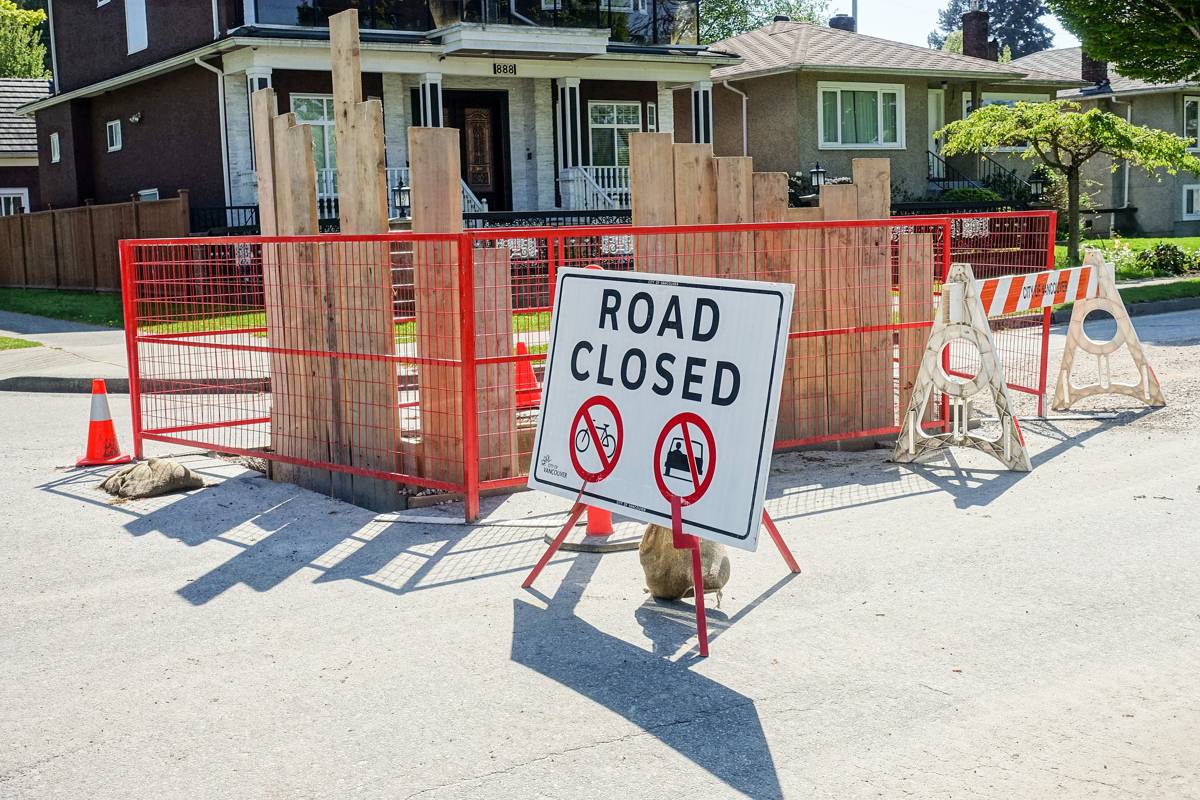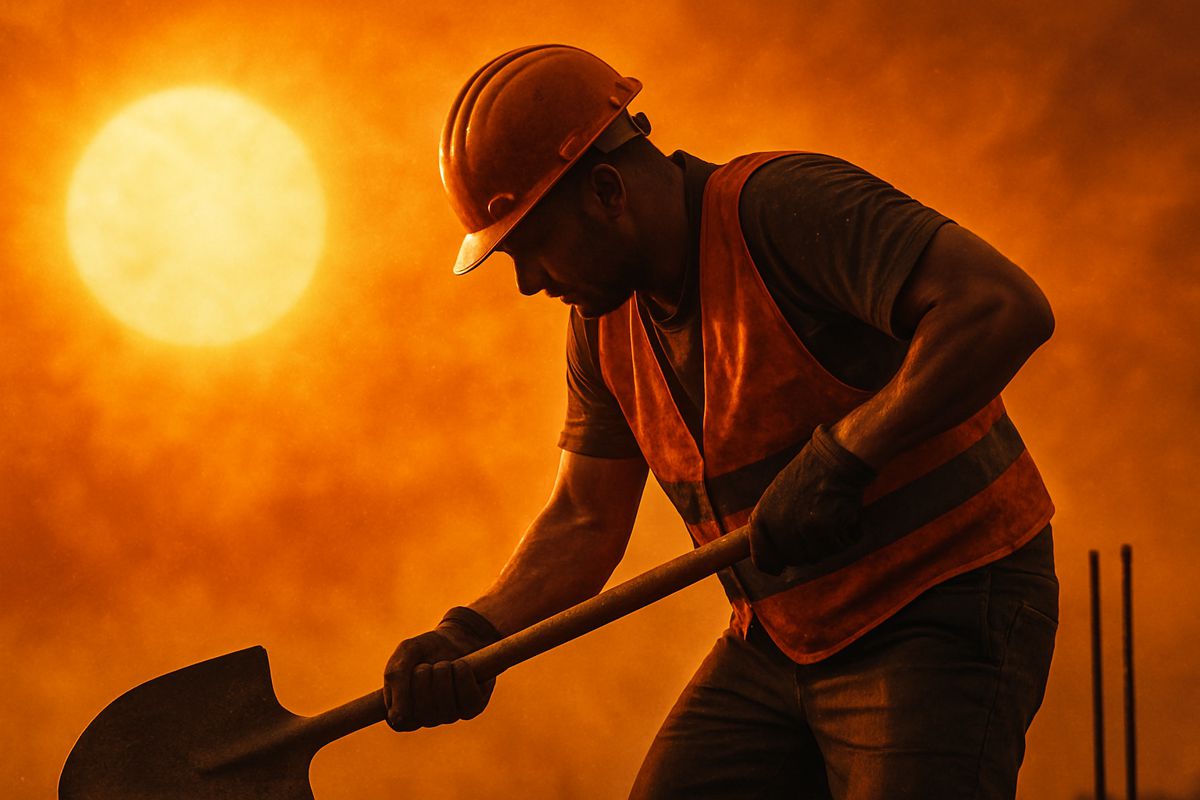The top safety issues for Highway Construction Workers
Construction can be one of the most dangerous industries to work in, so ensuring safety is essential. While all worksites come with risks, some projects are more hazardous than others or have unique issues. Highway construction is one such area where workers and managers should pay extra attention to safety.
According to the Federal Highway Administration, more than 20,000 workers are injured in road construction zones every year. This accounts for more than 10% of the 195,600 yearly workplace injuries in the industry as a whole. Roadside construction workers face exceptionally high risk in an already dangerous sector.
The first step in making a workplace safer is knowing what hazards your employees face. With that in mind, here are the top safety issues for highway construction workers.
Moving Vehicles
By far, the most pressing safety concern for highway construction workers is vehicular collisions. According to the Bureau of Labor Statistics, transportation incidents account for 76% of roadside work zone fatalities. Careless drivers may speed past barriers and collide with workers, causing severe harm or death.
Vehicle collisions are a concern in any construction project, as distracted heavy equipment operators can run into co-workers. Transportation accidents are far more likely in roadside worksites, though, as workers also have to deal with passing traffic. While much of the responsibility for these accidents lies with drivers, construction teams can still take steps to lower risks.
Any roadside construction project should place warning signs far ahead of the worksite to alert oncoming traffic. Similarly, teams should close lanes ahead of the work zone and wear high-visibility clothing. Establishing a buffer zone with cones and barricades will help prevent injury should a vehicle drive into the site.
Limited Space
Another challenge with highway construction projects is that teams have limited space to work in. Most of the time, workers can only close one or two lanes, and there may not be much space on the side of the road. Incidents where workers get caught between objects are the fourth most common cause of death in construction, so cramped spaces can be dangerous.
With less space to move around, workers have to pay more attention to their surroundings. Site managers should do all they can to minimize distractions, such as banning mobile phones from the worksite. All employees should also communicate with one another clearly, especially when heavy equipment is involved.
To make the most of the limited space, roadside construction teams should minimize the number of vehicles on-site. Workers should park somewhere else or carpool and use only as much heavy equipment as necessary.
Excessive Noise
Noise may not seem like an immediate concern, but the louder an environment is, the harder it is to hear incoming hazards. Excessive noise affects virtually all construction projects, but roadside teams face more than most. Highway traffic typically produces sounds from 70 to 80 decibels, the equivalent of someone shouting just 1 meter away.
With traffic producing so much noise, workers may not hear heavy machinery getting closer. Verbal communication is also far more challenging, especially if workers are wearing hearing protection. In light of these hazards, highway construction teams should adopt a system of nonverbal communication.
Employees should use specific, predetermined hand signals to communicate without having to hear anything. These signals should be overt and unique to ensure understanding. Heavy equipment operators, in particular, should signal co-workers before doing anything.
Inclement Weather
Highway construction projects are typically more remote than other types of worksites. As a result, it may be more challenging to gauge incoming changes in the weather. Extreme conditions killed 508 people in 2017 alone, so this is a pressing safety concern.
All construction teams try to avoid working in inclement weather, but storms, high winds or other hazards can come unexpectedly. These are particularly troublesome for highway projects, which may be out in the open with little shelter. While construction teams can’t control the weather, they can take steps to mitigate associated risks.
Before going to the worksite, managers should check forecasts and radar to ensure conditions are favourable. Someone should also get updates throughout the day since the weather can change so quickly. Teams should have an emergency plan if things take a turn for the worse and enact it at the first sign of extreme weather.
Electrocutions and Leaks
Utility lines and underground waterways typically follow roads, so they could pose a hazard to highway construction teams. Incidents involving power lines injure thousands of workers every year, sometimes causing lifelong scarring. Ruptured pipes can lead to slips and falls, which are some of the most common workplace injuries.
Before starting any roadside project, managers should inspect the site for any power lines. They should also determine if there are any waterlines or other pipes underground. Knowing where these hazards are can help avoid any unintended damage.
When preparing for a job, construction teams should ensure the equipment they bring is shorter than any nearby power lines. Similarly, if they need to dig during the project, they should be careful not to get too close to pipes unless necessary. Flagging these hazards at the start of the workday can also help avoid accidents.
Poor Visibility
Since highway construction projects can be so cramped, workers may have trouble seeing all of their surroundings. Bends in the road, hills, bridges and trees can also hinder visibility, making it harder to detect incoming hazards. All these factors are even more pressing for projects that continue into the night.
Even though less than 9% of the construction workforce is on duty at night, 25% of all fatal vehicular accidents happen then. Teams may work at night-time to avoid heavy traffic hours, but they do so at the risk of poor visibility. No matter what time of day it is, highway construction crews should improve visibility as much as possible.
As soon as it starts getting dark out, teams should turn on bright lights to illuminate their worksite. Crews should also consider limiting the number of workers and equipment on-site to avoid overcrowding.
Dehydration and Exhaustion
Dehydration is an issue for any construction project, but working beside a highway can make it worse. Materials like concrete and asphalt absorb heat and release it slowly, raising the temperature of the immediate area. Workers standing around fresh asphalt and concrete are much more likely to experience heat exhaustion as a result.
This heat, coupled with the physical labour construction workers perform, can be a recipe for disaster. Employees should drink plenty of water to avoid dehydration and keep from working at midday, when it’s hottest, if possible. On hot, sunny days, workers should take frequent breaks to prevent overexertion.
Managers may want to consider providing tents or other forms of shade where workers can rest. Some new wearable tech can also alert employees when they’re nearing exhaustion, so they know when to pause.
Keep Your Highway Construction Workers Safe
Highway construction can be a dangerous undertaking, but it doesn’t have to lead to injury. When crews know what hazards to look out for, they can follow the proper precautions to stay safe. Being aware of the problem is the first step in fixing it.
Following these steps can help keep highway construction workers safe despite the hazards of the job. With planning and careful implementation, employees can work on highways safely and comfortably.




















